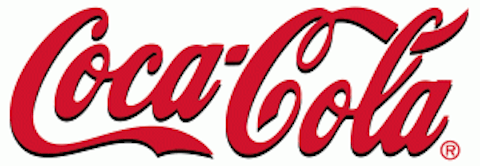On this day in economic and business history…

“Germany’s crowning tragedy is that it took her so long to surrender,” wrote Merlo Pusey in The Washington Post when the news broke, and the ruin of Germany showed it to be the truth. In 2009, Margaret MacMillan wrote in The Guardian:
At the end of the First World War it had been possible to contemplate going back to business as usual. However, 1945 was different, so different that it has been called Year Zero. The capacity for destruction had been so much greater than in the earlier war that much of Europe and Asia lay in ruins. And this time civilians had been the target as much as the military. The figures are hard to grasp: as many as 60 million dead, 25 million of them Soviet. A new word, genocide, entered the language to deal with the murder of six million of Europe’s Jews by the Nazis.
Germany was at first heavily occupied, but as American policies shifted toward European reconstruction, the partitioned Western Germany was granted greater autonomy and financial assistance, particularly during the disbursement of Marshall Plan funding. Many of Germany’s top scientists were brought to the United States shortly after capitulation (some went to the Soviets as well), where some formed the core of the American space program.
The two Germanies that emerged after the end of the war took divergent paths, with the Western partition becoming a peaceful industrial power and the Eastern partition suffering under Soviet dominion. By the time the two halves reunited in 1990, West Germany would have to bear the cost of rebuilding the East, much as the Allies had borne the cost of rebuilding the West following the war. Now, nearly seven decades after war’s end, Germany is again the leading economic power of Europe. Its old scars still show – across Germany, artificial hills of wartime wreckage loom in many cities and towns, and few buildings remain from pre-war times. Few things can compel a nation to reject its past quite like the wholesale annihilation of a large part of it.
A more refreshing piece of history
The Coca-Cola Company (NYSE:KO) was invented by Atlanta pharmacist and Civil War veteran John Pemberton on May 8, 1886. Wired tells the story:
After the war, Pemberton settled in Atlanta, where he began work on a beverage combining coca leaves and cola nuts. His objective was to create a pain reliever but when his lab assistant accidentally mixed the concoction with carbonated water on May 8, 1886, the two men tasted it, liked it, and decided it might make a profitable alternative to ginger ale and root beer.
Pemberton sold the rights to The Coca-Cola Company (NYSE:KO) (twice, actually, but that’s another story) as his behavior became more erratic. He died only two years after his accidental invention and only a few months after the The Coca-Cola Company (NYSE:KO) (NYSE:KO) Corporation was incorporated.
The accidental multinational almost never came about. It was only thanks to Asa Candler, who was behind the first (short-lived) The Coca-Cola Company (NYSE:KO), incorporated in 1888, and is credited as the founder of the modern Coca-Cola in 1892, that the fizzy drink lived to conquer the world. Candler was one of the early marketing geniuses, and under his guidance Coke went national before the turn of the century. You can read more about this legendary company’s origins and its later growth by following the two links in this paragraph.